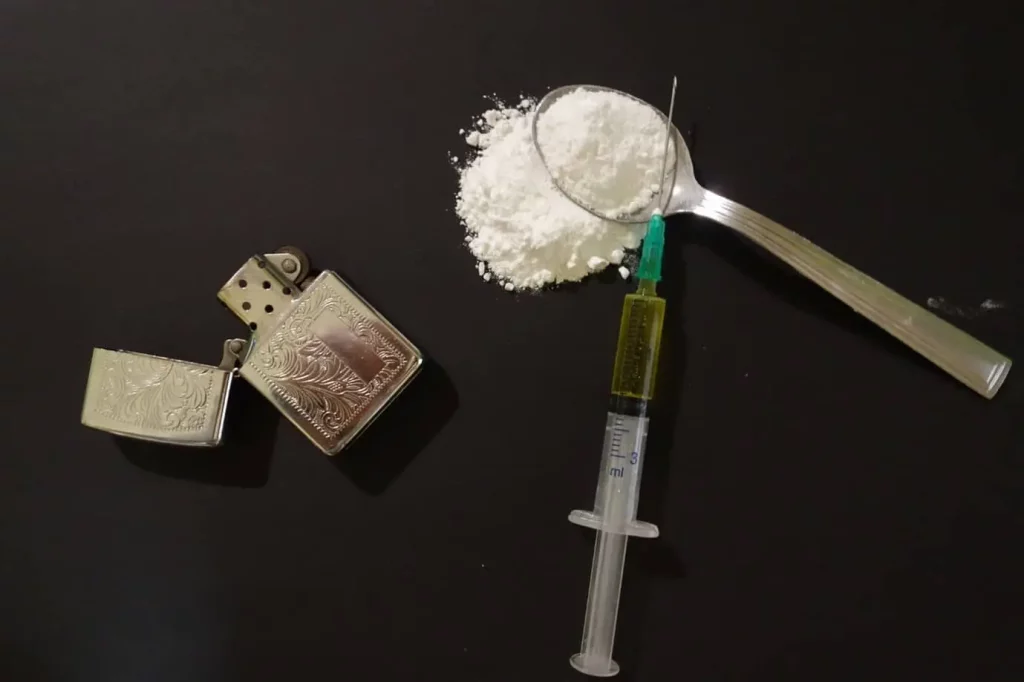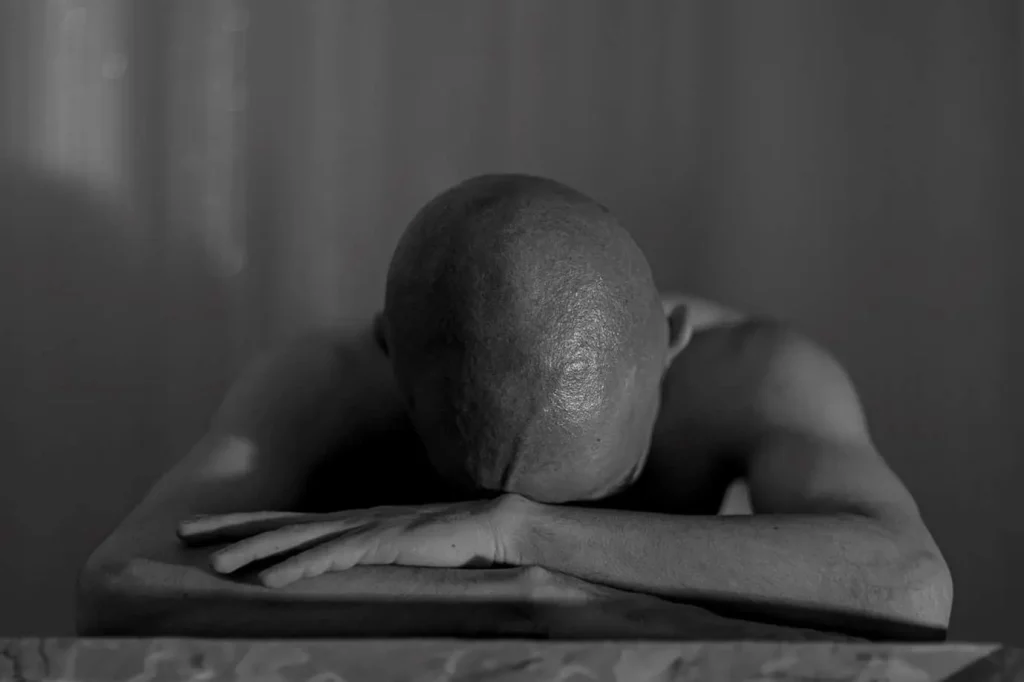What is Klonopin?
Popularly known as K-pin, Klonopin is an anticonvulsant or antiepileptic drug used to treat and control seizures and panic disorders by altering brain activity to help the user feel relaxed.
It is the brand name for Clonazepam, a tranquilizer from the benzodiazepine class. When ingested, its effects begin within the first hour and last through the subsequent six to twelve hours.
The drug carries sedative, hypnotic, anticonvulsant, anxiolytic, and muscle relaxant properties which block certain receptors in the brain to alleviate anxiety and stress.
Klonopin dependency and addiction
Klonopin addiction can develop within a few weeks of consumption even when taken under a doctor’s prescription. This is because the brain develops a tolerance for the drug once it can no longer naturally produce feelings of relaxation and calmness.
Therefore, a larger dose will be required to achieve the same effect once obtained from smaller doses. Within two to three weeks of daily use, a physical or emotional dependence/ addiction may be developed.
Common signs of Klonopin addiction
- Persistent urge to prolong the dosage despite doctor’s prescription.
- Inability to quit, although the user may desire to stop.
- Short-term memory loss.
- Change in personality.
- Increased irritability when off the drug.
- Doctor- shopping to refill prescriptions.
Increasing Klonopin dosage predisposes one to a potential overdose. Statistics reveal that more than 30% of opioid-related overdoses involve benzodiazepines, such as Klonopin.
Using the drug for too long could result in some long-term side effects such as:
- Impaired judgment
- Slowed reaction time/ problems in impulse control
- Reduced libido
- Memory damage
- Fine motor skills
- Mood swings
- Mania
- Development of benzodiazepine withdrawal syndrome (BWS)
Risk factors for Klonopin overdose
Klonopin abuse predisposes one to a potential overdose. The body gets too used to the drug and at one time or another, the addict may consume more than their body could handle.
It is not uncommon for Klonopin addicts to combine it with other drugs, such as alcohol or opioids, to intensify its effects. This leads to the multiplier effect and risk of overdose.

Besides abusing the benzo, a K-pin overdose can also occur in the event the user forgets they took their dose earlier and decides to double the dosage to cover for the skipped dosage.
Underlying medical conditions could also make users vulnerable to an overdose. People with liver disease, acute narrow-angle glaucoma, or are allergic to benzos should keep off Klonopin.
As a result, it is important to disclose your full medical and psychological history prior to acquiring related prescriptions.
Common Klonopin overdose symptoms include:
- Confusion
- Muscle weakness
- Coma
- Fainting
- Weak and rapid pulse
- Slow reflexes
- Drowsiness
- Dilated pupils
- Impaired muscle coordination
- Labored breathing
- Death, if left untreated.
How much Klonopin is too much?
To begin with, it is not advisable to share clonazepam prescriptions as different dosages are unique for different patients. Although there is no fixed K-pin dosage, most range between 0.125mg to 4mg a day depending on the patient’s condition.
Generally, patients begin with a dosage of 0.125mg with gradual increments of 0.25mg or 0.5mg until their symptoms are completely alleviated.
However, the dosage can never exceed 20mg a day for both adults and children above 10 years old. For children below ten years, the highest possible dose consumed should be 0.05mg per kg of body weight. Anything past these markers is considered abuse and poses a potential risk of overdose.
Additionally, skipping a dose does not warrant double dosing. Instead, doctors advise taking the skipped dose as soon as possible and then reverting to the regular schedule.
What to do during a Klonopin overdose
If you or your loved one has overdosed on Klonopin, the first thing to do is call for help. Dial 911 and offer as much information as you can about the current condition of the patient.
Some of the required information may include:
- When clonazepam was taken.
- How much of the drug was ingested.
- Other drugs that might have been ingested alongside clonazepam.
- The medical history of the patient.
- The patient’s current physical condition, i.e., are they conscious? What is the color of their lips, nails, skin, and eyes? What do their pupils look like?
- Check their airway to see if they are breathing.
- Feel for a pulse and report on it.
As you do this, try as much as possible to keep calm and wait for further instructions from the emergency line. More often than not, you will be advised on ways to keep the patient in a comfortable position as help arrives.
Otherwise, keep them in a recovery position and wait for help. If they are not breathing or have no pulse, consider giving CPR but only if you are trained.
Recovery position for an unconscious patient
- If the person is breathing but unresponsive, roll them to your side as you pull the knee furthest from you into a right-angle position.
- Extend the arm closest to you at a right angle to their body and the one furthest from you folded in such a way that their cheek lies on the palm. This will ensure their head remains supported.
- Finally, open their airway gently by tilting back their head and lifting their chin.
- Stay close to monitor any vital changes as help arrives.
Klonopin overdose treatment
At the hospital, Klonopin overdose patients are kept in the emergency unit until their condition stabilizes. An antidote, known as Flumazenil, is often administered through an IV to counter the adverse effects of clonazepam.
Bloodwork is taken to assess the person’s medical condition. When they are out of harm’s way, an evaluation is done to determine the cause of the overdose. If self-inflicted or any signs of addiction are prevalent, the patient may be kept for further treatment and therapy.
Treatment for Klonopin addiction mostly involves tapering; a medical term for gradually reducing the daily dose over time to help ease the body into functioning without the drug.


